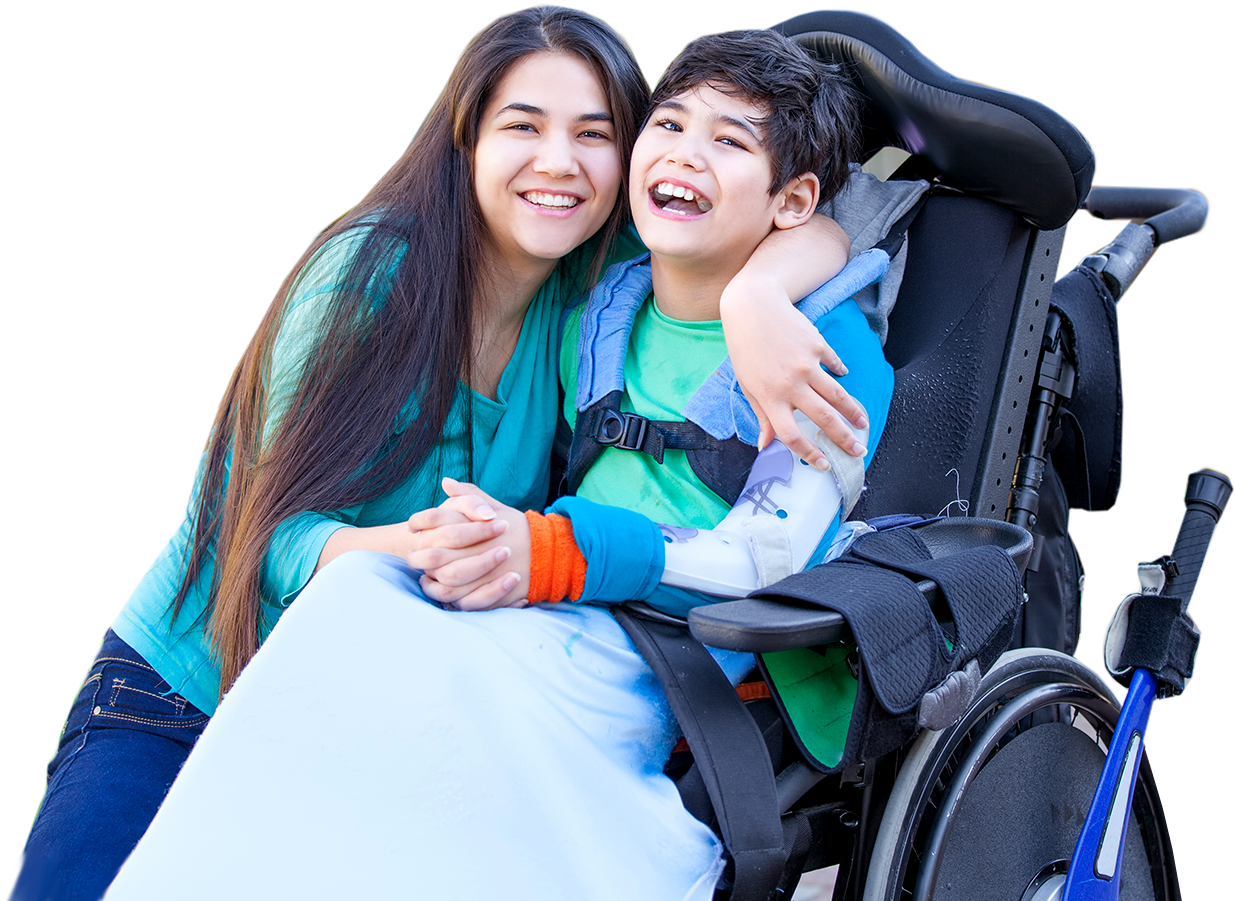CPFN Blog
advice to better care for your child

- Alternative
- Assistive Technology
- Associated Conditions
- Birth Injury
- Causes of Cerebral Palsy
- Cerebral Palsy Diagnosis
- Cerebral Palsy Information
- Cerebral Palsy Therapies
- Cerebral Palsy Treatments
- Child Development
- Doctor Visits
- Education
- Equipment
- Featured
- Legal Help
- Medical Research
- News
- Patient Care
- Prenatal Care and Childbirth
- Stories
- Tips for Parents
- Types of Cerebral Palsy
- Updates
What to Expect From Your Occupational Therapist
By Lee Vander Loop CP Family Network Editor The term cerebral palsy refers to a group of neurological disorders that appear in infancy or early childhood and permanently affect body movement, muscle coordination, and balance. CP affects the part of the brain that controls muscle movements and can often impair muscle groups needed for self-care... Read More
Physical Activity—Any Time Is a Good Time to Get Kids with Cerebral Palsy Moving
By Lee Vander Loop CP Family Network Editor We’re all aware of the physical and psychological health benefits of keeping children physically active, but for parents and caregivers of children with cerebral palsy, this can often be a challenge. Medical research and personal experience show that people with disabilities benefit greatly when they participate in... Read More
Psychotherapy for Children Diagnosed with Cerebral Palsy
Editor’s Note: When you factor in today’s challenges of the COVID-19 pandemic and the resulting interruption of education, therapy, and support services—not to mention the social isolation—it’s a perfect storm with the potential to create a lasting, detrimental impact on a child’s sometimes fragile mental wellbeing. In a recent study, researchers noted anxiety, depression, irritability,... Read More
Electrical Muscle Stimulation Treatments for Cerebral Palsy
By John Lehman Electrical Muscle Stimulation (EMS) refers to a group of treatments that make use of electrical current to stimulate nerve endings, with the aim of reverting damage to the patient’s nervous system. Children suffering from cerebral palsy often have issues with movement and muscle spasticity, and EMS has proven to be effective at... Read More
Hyperbaric Oxygen Therapy: Does it Work?
By John Lehman Hyperbaric Oxygen Therapy (HBOT) is commonly used to treat scuba divers with the bends, but recently, the therapy has been used to treat certain types of cerebral palsy, as well. Opinions vary as to whether or not HBOT is an effective treatment for children with cerebral palsy. Some research has shown improvements... Read More
Eating Problems Stressful but Treatable
By Lee Vander Loop CP Family Network Editor When my first daughter was born, she exhibited a total absence of any type of oral motor skill and necessitated a feeding tube from birth. Her birth injuries occurred as a result of “cord complications of unknown origin.” When our second child was born with cord complications,... Read More
Cerebral Palsy and Childhood Osteoporosis
By: John Hartford Although osteoporosis is often associated with aging, it is a common complication of cerebral palsy beginning in childhood. Osteoporosis is a disorder characterized by lack of bone density or bone mass. Children with these “thin bones” can sustain bone fractures from very little trauma, seriously impacting all areas of their lives. Although... Read More
A Mother’s Quest to Feed Her Child
When you’re having a child, all you really care about is that he or she is healthy. Unfortunately, life doesn’t always work out that way. My husband and I discovered this the day our son, AJ, had a major seizure when he was 5 months old. Following that were diagnoses of cerebral palsy (CP), epilepsy... Read More
The Doctors Were Wrong
By Lucy Meyer I was born with cerebral palsy because I did not get oxygen for five minutes at birth. When I was just a few days old, the doctors told my parents that there was a very good chance that I would never sit up or swallow. The doctors were wrong. I swallow lots... Read More
The Benefits of Family-Centered Care
Many, if not most, treatment plans for children with CP are centered exclusively on the child. While a child’s interests must always be considered, the narrow focus of such plans can overlook crucial factors, like “living environment” and “family dynamic.” Read More
